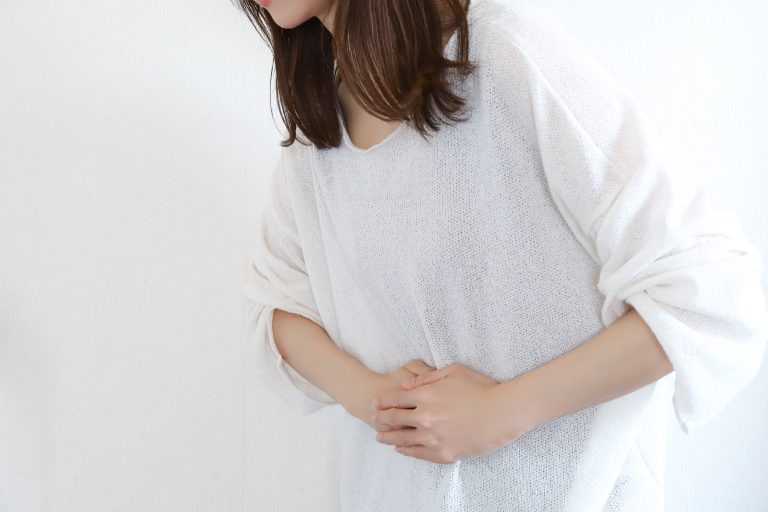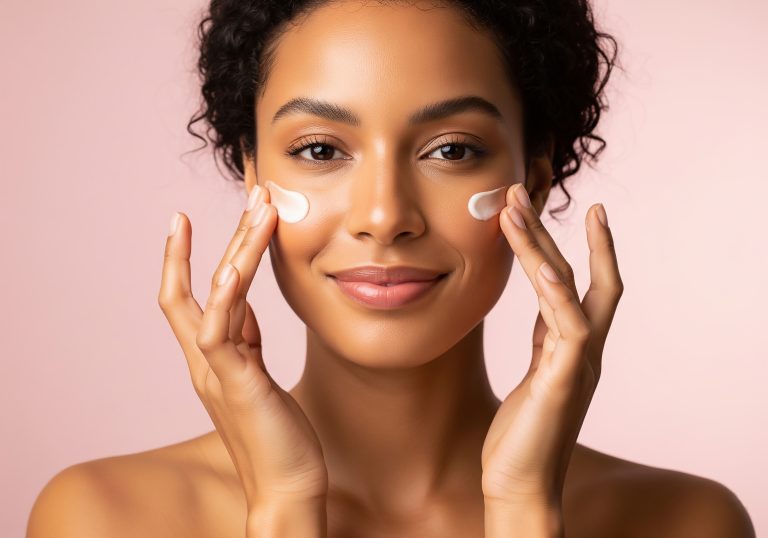Postpartum Skincare: Secrets To Achieving A Glowing Complexion

Postpartum skincare is necessary for new mothers as they navigate the hormonal fluctuations and physical changes that occur after childbirth. The postpartum period often brings about skin issues such as acne, hyperpigmentation, dryness, and increased sensitivity.
Hormonal imbalances can lead to breakouts and oily skin, while the stress of caring for a newborn can exacerbate these conditions.
About 50-70% of women experience melasma, commonly known as the “mask of pregnancy,” which may persist postpartum.
To address these challenges, a tailored skincare routine is essential. Incorporating gentle cleansers, hydrating serums, and sun protection can help maintain skin health.
Vitamin C serums are recommended to combat hyperpigmentation and brighten the skin, while hyaluronic acid and ceramide-rich moisturizers help restore the skin’s natural barrier.
New mothers should be cautious with certain skincare products, especially if breastfeeding, as some ingredients can pass into breast milk.\
Great Ways To Take Care Of Your Skin Postpartum
Taking care of your skin postpartum requires a balanced approach that combines advanced skincare tools with traditional methods to address the unique challenges your skin faces during this period.
While your body adjusts to the hormonal shifts after childbirth, your skin might become more sensitive, prone to breakouts, or experience changes like hyperpigmentation.
Here are some great ways to care for your skin during this transformative time.
Incorporating Red Light Therapy with the Solawave Wand
One of the most effective tools for postpartum skincare is the Solawave wand, which utilizes red light therapy to rejuvenate the skin. Red light therapy is known for its ability to penetrate deep into the skin layers, stimulating collagen production and reducing inflammation.
This can be particularly beneficial for new mothers experiencing dullness, fine lines, or uneven skin tone according to Solwave reviews. The Solawave wand also combines therapeutic warmth and microcurrent technology, further enhancing its ability to tighten the skin and promote a healthy glow.
Using this device for a few minutes daily can help maintain skin elasticity and improve overall skin texture.

Embracing Natural and Hydrating Ingredients
Hydration is key for postpartum skin, which can often become dry or sensitive due to hormonal changes. Incorporating natural ingredients like hyaluronic acid, glycerin, and aloe vera into your skincare routine can help restore moisture and soothe irritation.
These ingredients are known for their ability to attract and retain moisture, keeping your skin hydrated throughout the day.
Using products with ceramides can strengthen the skin barrier, preventing moisture loss and protecting your skin from environmental stressors .
Utilizing Smart Skincare Devices
Incorporating smart skincare devices into your routine can offer a personalized approach to skincare.
These devices analyze your skin’s condition, providing real-time feedback on hydration levels, oil production, and other critical factors.
This data allows you to tailor your skincare routine to meet your skin’s specific needs, which can be particularly helpful during the postpartum period when your skin is more prone to fluctuations.
Smart devices can also track your skin’s progress over time, ensuring that your skincare regimen adapts as your skin heals and recovers.
Managing Postpartum Oily Skin
Postpartum hormonal changes can often lead to an increase in oil production, making your skin more prone to breakouts.
To manage oily skin effectively, it’s essential to incorporate a few key practices into your daily routine. Start by cleansing your skin twice daily with a gentle, non-comedogenic cleanser designed for oily skin.
Follow up with an oil-free moisturizer to maintain hydration without clogging pores. Regular exfoliation, ideally once or twice a week, can help remove dead skin cells and prevent clogged pores.
Consider using blotting papers during the day to manage excess oil. If you find that your skin isn’t improving, it may be beneficial to consult a dermatologist for personalized advice .

Hydrating Your Skin with Face Masks
Hydration is a critical component of postpartum skincare, as we already mentioned, especially if your skin feels dry and depleted. Incorporating a hydrating face mask into your routine can provide an instant boost of moisture.
Look for masks that contain ingredients like hyaluronic acid, glycerin, and niacinamide, which are known for their ability to deeply hydrate and support the skin barrier.
A product like the Summer Fridays Jet Lag Mask is particularly popular among new mothers for its ability to deliver quick, noticeable hydration, leaving the skin plump and refreshed. This is especially useful if you’re short on time and need a quick pick-me-up while your baby naps.
Protecting Your Skin from the Sun
Sun protection is always vital, but it becomes even more important postpartum due to the increased sensitivity and susceptibility to hyperpigmentation that many women experience. It’s advisable to use a broad-spectrum sunscreen with at least SPF 30 daily, even if you’re mostly indoors.
Mineral sunscreens containing zinc oxide or titanium dioxide are often recommended as they provide effective protection without the risk of irritating sensitive postpartum skin.
Wearing sunscreen consistently can help prevent the worsening of conditions like melasma, ensuring that your skin remains even-toned and healthy.
Wrapping Up
Achieving a glowing complexion postpartum involves more than just addressing immediate skin concerns; it also includes nurturing your overall well-being. Incorporating a healthy diet rich in antioxidants and staying well-hydrated can support skin recovery from within.
Ensuring adequate sleep and stress management can significantly impact skin health, helping to reduce inflammation and promote a more radiant appearance.
By taking a holistic approach to your skincare, you can enhance both your physical and emotional well-being during this transformative period.






